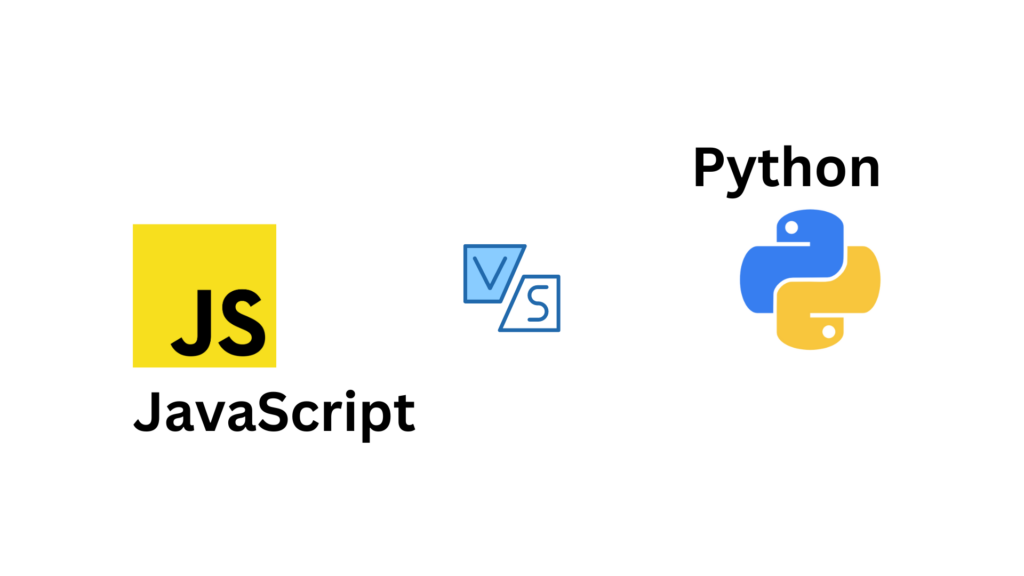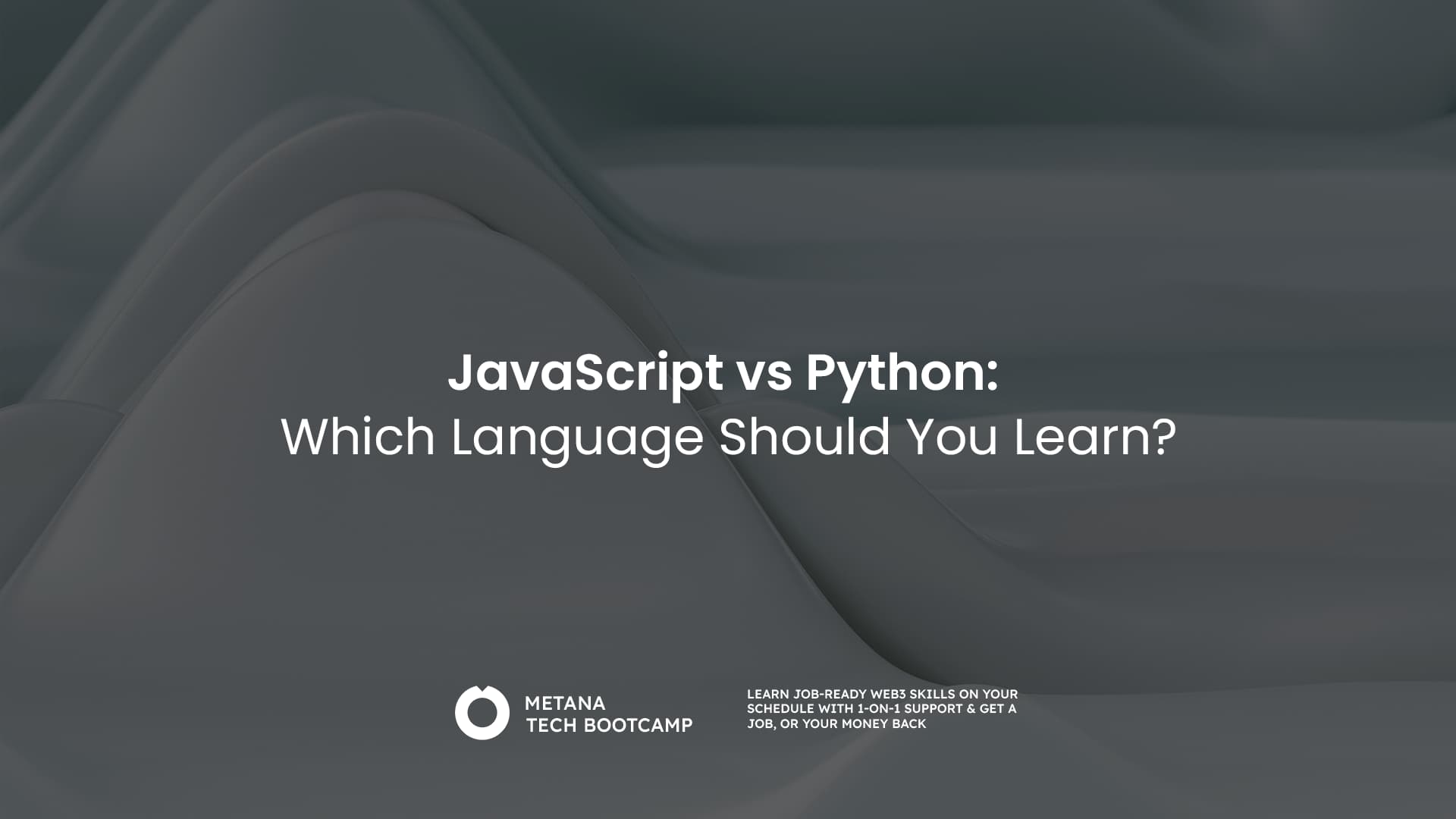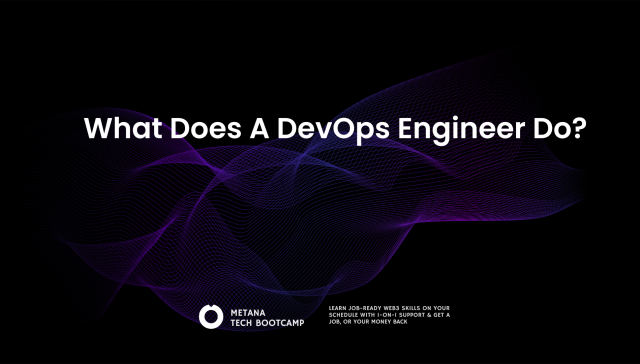JavaScript and Python are two of the most dominant programming languages in the modern era. Both boast vast communities, extensive libraries, and the versatility to tackle a wide range of projects. But with such apparent overlap, choosing between them can be a challenge. This comprehensive guide delves into the core functionalities, applications, strengths, and weaknesses of JavaScript and Python, equipping you to make an informed decision for your programming endeavors.
Understanding the Core of JavaScript and Python
JavaScript
Invented by Brendan Eich in just 10 days, JavaScript’s primary purpose was to add interactivity to web pages. JavaScript is an interpreted language, meaning the code is translated line by line during execution. It’s also dynamically typed, where variables don’t have a pre-defined data type assigned, offering flexibility but potentially leading to runtime errors. JavaScript excels in the realm of front-end development. The code runs within web browsers, manipulating the HTML content and user interactions. However, with the rise of frameworks like Node.js, JavaScript has transcended its browser-bound roots. Node.js allows JavaScript to execute on the server-side, enabling the creation of real-time applications and APIs.
Python
Guido van Rossum designed Python with a focus on readability and programmer productivity. It’s an interpreted language like JavaScript, but statically typed, meaning variables must be declared with a specific data type. This enforces stricter code and helps catch errors early. Python’s versatility shines in various domains, including:
- Web Development: Frameworks like Django and Flask streamline back-end development.
- Data Science and Machine Learning: Extensive libraries like NumPy, Pandas, and Scikit-learn make Python a go-to choice for data analysis, manipulation, and building ML models.
- Automation and Scripting: Python’s simplicity and readability make it perfect for automating repetitive tasks and creating scripts.
- Scientific Computing: Libraries like SciPy and Matplotlib cater to complex scientific calculations and visualizations.

Here’s a comparison table summarizing the key points of Javascript vs Python:
| Feature | JavaScript | Python |
|---|---|---|
| Primary Use | Front-end development, interactive web pages | Back-end development, data science, machine learning |
| Typing | Dynamically typed | Statically typed (though dynamically typed with variable annotations) |
| Execution | Interpreted, runs in web browsers | Interpreted |
| Primary Domain | Web development, particularly front-end | Versatile: web development, data science, automation, scientific computing |
| Popular Frameworks | Node.js, React, Angular | Django, Flask, NumPy, Pandas, TensorFlow |
| Strengths | • Ubiquitous in web development • Large community • Easy to learn | • Readability and maintainability • Extensive libraries • Versatile across domains |
| Weaknesses | • Dynamic typing can lead to errors • Can get messy in large codebases • Client-side security concerns | • Slower for performance-critical applications • Limited front-end capabilities |
| Ideal for | • Interactive web pages • Single-page applications • Web games • Mobile app development | • Web backends and APIs • Data analysis and visualization • Machine learning and AI • Scripting and automation |
| Future Prospects | • Continued dominance in web development • Focus on performance and scalability • Server-side development with Node.js | • Growth in data science and ML • Focus on AI • Continued focus on simplicity and readability • Integration with other languages |
| When to Choose | • Focus on front-end and web interactions • Mobile app development with frameworks like React Native | • Back-end development, APIs • Data science, ML projects • Scripting, automation, scientific computing |
Let’s explore the factors in detail that’s mentioned in the above table.
Applications of JavaScript and Python
Building Interactive Web Experiences with JavaScript
- Dynamic Web Pages: JavaScript injects life into web pages. It can validate user input, create animations, and handle asynchronous tasks, making web interactions smooth and engaging.
- Single-Page Applications (SPAs): Frameworks like React and Angular leverage JavaScript to build SPAs, where content updates dynamically without full page reloads.
- Interactive Web Games: JavaScript powers many modern web games, enabling complex mechanics and smooth user experiences within a browser environment.
- Mobile App Development: Frameworks like React Native allow developers to use JavaScript to create native-looking mobile applications for iOS and Android.
From Web Backends to Data Science with Python
- Web Backends and APIs: Frameworks like Django and Flask provide a robust structure for building web applications on the server-side. Python excels at handling database interactions, user authentication, and complex business logic.
- Data Analysis and Visualization: Libraries like Pandas and Matplotlib empower data scientists to clean, explore, and visualize massive datasets with ease.
- Machine Learning and Artificial Intelligence: Python’s rich ecosystem of libraries like TensorFlow and PyTorch facilitates the creation of intelligent applications, from image recognition to chatbots.
- Automation and Scripting: Python’s ability to automate repetitive tasks makes it a valuable tool for system administrators and DevOps professionals.
Strengths and Weaknesses of Both
JavaScript’s Strengths:
- Ubiquitous in Web Development: JavaScript is the undisputed king of front-end development, with all major web browsers supporting it natively.
- Large and Active Community: The vast JavaScript community provides ample resources, tutorials, and libraries, making it easier to find solutions and support.
- Relatively Easy to Learn: JavaScript’s syntax shares similarities with other languages like C and Java, making it approachable for beginners with some programming experience.
JavaScript’s Weaknesses:
- Dynamic Typing Can Lead to Errors: The lack of strict typing can introduce errors that might not be caught until runtime.
- Large Codebases Can Get Messy: JavaScript code in complex web applications can become difficult to maintain and debug as the project grows.
- Client-Side Security Concerns: Running code on the client-side introduces potential security vulnerabilities if not handled carefully.
Python’s Strengths:
- Readability and Maintainability: Python’s clean and concise syntax promotes code readability and maintainability in large projects.
- Extensive Libraries and Frameworks: The vast ecosystem of Python libraries caters to diverse needs, from data science to web development.
- Strong for Beginners: Python’s clear syntax and focus on readability make it an excellent choice for those new to programming.
- Versatility Across Domains: Python’s applicability in web development, data science, scripting, and scientific computing makes it a valuable tool for a wide range of tasks.
Python’s Weaknesses:
- Can Be Slower for Performance-Critical Applications: While efficient for many tasks, Python’s interpreted nature can make it slower than compiled languages for computationally intensive applications.
- Limited Front-End Capabilities: While frameworks exist, Python isn’t the go-to choice for manipulating the browser’s Document Object Model (DOM) directly, a core aspect of front-end development.
When to Choose JavaScript
- Focus is on Front-End Development and Web Interactions: If your primary goal is to create dynamic and interactive web pages, single-page applications, or web games, JavaScript is the clear winner.
- Building Mobile Applications with Frameworks Like React Native: JavaScript’s ability to create native-looking mobile apps with frameworks like React Native makes it a compelling choice for cross-platform development.
- Adding Interactivity to Existing Websites: Even if your website is built with other technologies, JavaScript can be seamlessly integrated to enhance user experience with features like form validation and animations.
When to Choose Python
- Building Web Backends and APIs: For robust server-side development, Python frameworks like Django and Flask offer a well-structured and efficient approach.
- Data Science and Machine Learning Projects: Python’s rich ecosystem of data science and machine learning libraries like NumPy, Pandas, TensorFlow, and Scikit-learn make it an industry standard for these fields.
- Scripting and Automation Tasks: Python’s simplicity and readability make it ideal for automating repetitive tasks, system administration scripts, and data processing pipelines.
- Scientific Computing and Simulations: Libraries like SciPy and Matplotlib equip Python for complex scientific calculations, data analysis, and visualizations.
- Focus on Readability and Maintainability: If code clarity and ease of maintenance are paramount, Python’s clean syntax is a significant advantage for large-scale projects.
The Future Landscape: JavaScript vs. Python
Both JavaScript and Python are constantly evolving, with new features and frameworks emerging to address future challenges. Here’s a glimpse into what lies ahead:
JavaScript:
- Continued Dominance in Web Development: JavaScript’s dominance in front-end development is likely to persist, with advancements in frameworks like React and potential integration with new web technologies.
- Focus on Performance and Scalability: As web applications become more complex, libraries and frameworks will likely prioritize performance optimizations and efficient handling of large datasets.
- Server-Side JavaScript with Node.js: The rise of Node.js is expected to continue, blurring the lines between front-end and back-end development using JavaScript.
Python:
- Growth in Data Science and Machine Learning: Python’s established position in these domains is likely to strengthen with advancements in libraries like TensorFlow, PyTorch and AutoML Libraries.
- Focus on Artificial Intelligence (AI): As AI applications become more prevalent, Python’s role in building and deploying AI models is expected to expand.
- Continued Focus on Simplicity and Readability: Python’s core design philosophy of clean syntax and readability is likely to remain a priority, making it a preferred choice for teaching programming and fostering collaboration in large projects.
- Integration with Other Languages: The possibility of smoother integration between Python and other languages like C++ for performance-critical sections of code could emerge.
Making the Choice: It’s All About Your Needs
Ultimately, the choice between JavaScript and Python hinges on your specific project requirements and career goals. Here’s a simplified breakdown to guide your decision:
- For Front-End Development and Web Interactions: Choose JavaScript.
- For Back-End Development, Web APIs, and Complex Data Workflows: Choose Python.
- For Data Science, Machine Learning, and Scientific Computing: Choose Python.
- For Scripting and Automation Tasks: Both JavaScript (Node.js) and Python are excellent choices.
- For Beginners with No Prior Programming Experience: Python’s readability makes it a good starting point.
- For Experienced Programmers Looking to Expand Their Skillset: Learning either language would be beneficial. JavaScript can broaden your web development expertise, while Python opens doors to data science and automation.
Remember, the programming landscape is vast, and these two languages aren’t mutually exclusive. Many developers leverage both in their careers, with JavaScript handling front-end or interactive elements, while Python tackles the back-end logic or data processing aspects of a project.
Conclusion
JavaScript and Python are powerhouse languages that empower developers to create innovative and impactful applications. By understanding their strengths, weaknesses, and ideal use cases, you can make an informed decision that aligns with your programming aspirations. So, dive in, explore, learn, and unleash your coding potential!

FAQs
What are the key differences between JavaScript and Python?
- JavaScript is primarily used for web development to create interactive front-end applications, while Python is versatile, great for data science, AI, and back-end development.
Is JavaScript easier to learn than Python for beginners?
- Python is often considered more beginner-friendly due to its straightforward syntax, but JavaScript is essential for web development.
Can learning Python lead to career opportunities in data science?
- Yes, Python is a leading language in data science, offering extensive libraries and frameworks that are essential for data analysis, machine learning, and AI.
Which language is more versatile, JavaScript or Python?
- Python is known for its versatility across different fields like web development, data science, and automation, whereas JavaScript is mainly focused on web development.
How do programming languages impact web development?
- Programming languages like JavaScript are crucial for creating dynamic, interactive web experiences, while backend languages ensure server-side functionality.
What is the importance of learning a programming language in today’s job market?
- Learning a programming language opens up numerous career opportunities in tech, from software development to data analysis, enhancing job prospects.
How can beginners choose the right programming language to learn?
- Consider your career goals, the industry demand, and the type of projects you’re interested in when choosing a language to learn.
What are the benefits of learning multiple programming languages?
- Knowing multiple languages enhances your problem-solving skills, makes you more versatile in the job market, and allows you to work on a broader range of projects.
How does Python’s role in AI and machine learning compare to JavaScript?
- Python dominates in AI and machine learning due to its rich ecosystem of libraries and frameworks, whereas JavaScript’s role is more focused on integrating AI features into web applications.





